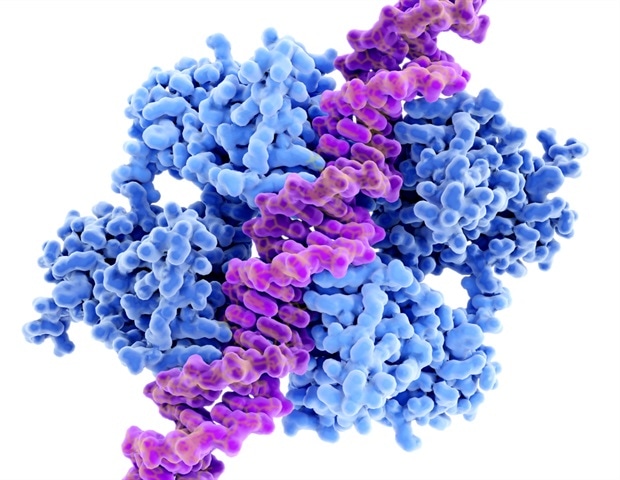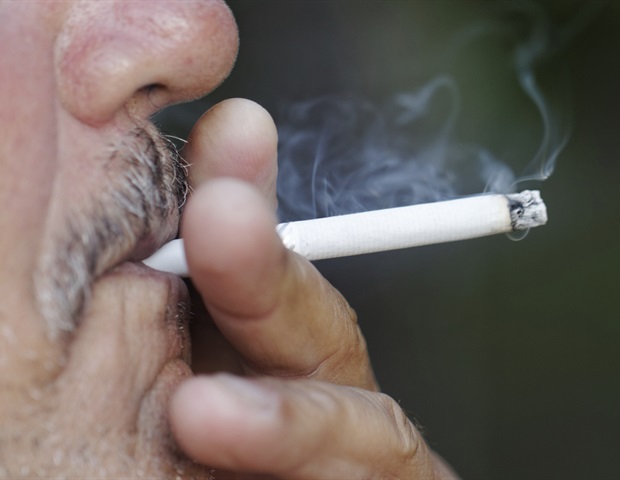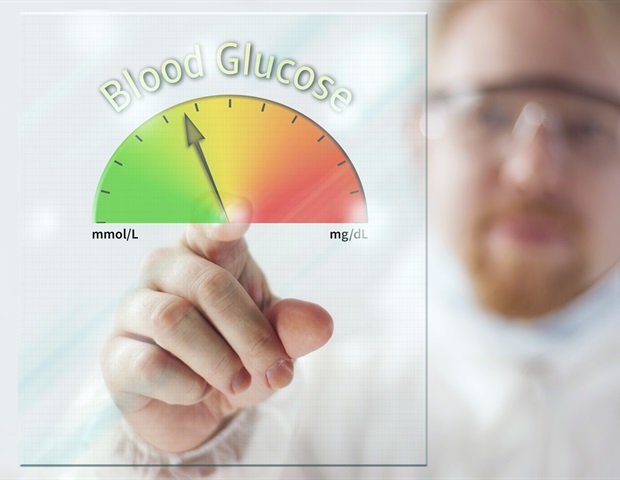Errors in a gene known to cause a serious neurodevelopmental condition in infants are also linked to the development of Parkinson’s disease in adolescence and adulthood, according to new research.
The study, published in the Annals…

Errors in a gene known to cause a serious neurodevelopmental condition in infants are also linked to the development of Parkinson’s disease in adolescence and adulthood, according to new research.
The study, published in the Annals…

Across disciplines, therapeutic areas, and even continents, Pfizer scientists have been working to advance understanding of – and potential treatments for – cachexia, a complex metabolic condition associated with certain chronic conditions,…

Vaccines remain the cornerstone of child health | Image Credit: © Aron M – Austria – stock.adobe.com.
As pediatricians, you stand at the front lines of safeguarding children’s health. Few interventions in medicine rival the profound impact of…

Adding genomic sequencing to newborn blood screening would detect hundreds of additional childhood conditions, providing much earlier diagnosis and treatment, according to a new study. A baby’s genome, which stays with them for…

Around 25% of people with cancer in the U.S. are active smokers when they are diagnosed, and studies have found that many of them continue to smoke during treatment. This may be due in part to a common misconception – even among…
This request seems a bit unusual, so we need to confirm that you’re human. Please press and hold the button until it turns completely green. Thank you for your cooperation!

Breastfeeding has long been promoted for its benefits to infants, but research shows it may also protect mothers, including lowering their lifetime risk of breast cancer.
A large pooled analysis of 47 studies across 30 countries found that breast…

The World Trade Center (WTC) attacks in September 2001 produced a nearly threefold increase in the incidence of lung cancer among first responders 10 years after the event, researchers have found.
A team led by Sean Clouston, PhD, of Stony Brook…

Rare hereditary diseases can be identified in patients and specific mutations in tumour cells detected – DNA sequencing revolutionised biomedical research decades ago. In recent years, new sequencing methods (next-generation sequencing) in…

Poor blood sugar control in adolescence increases the risk of painful future complications for people with type 1 diabetes, research co-led by University of Michigan suggests.
The study, which followed participants for over 30…